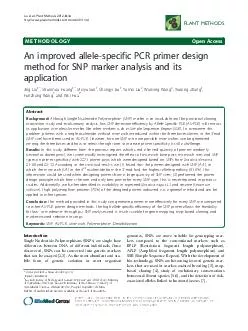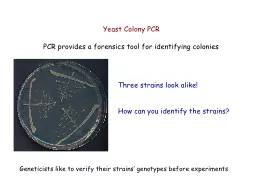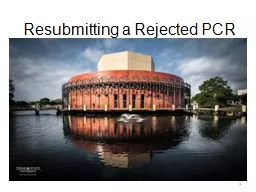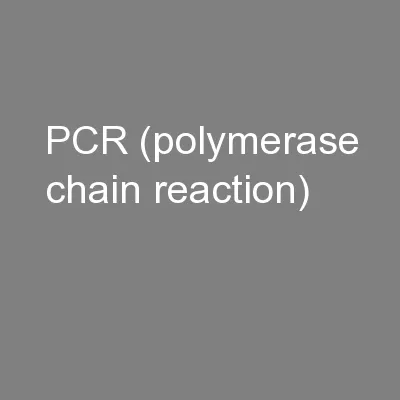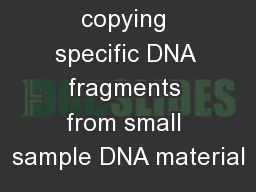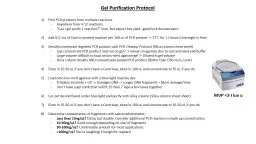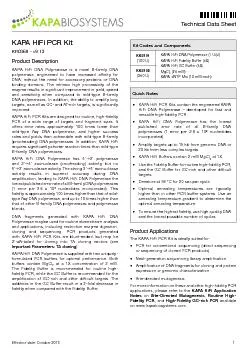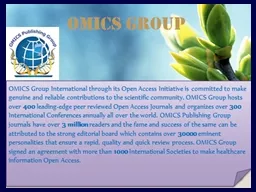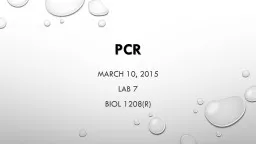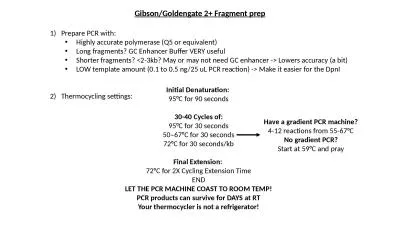PDF-METHODOLOGY Open Access An improved allelespecific PCR
Author : luanne-stotts | Published Date : 2015-04-27
To overcome this problem primers with a single nucleotide artificial mismatch introduced within the three bases closest to the 3 end SNP site have been used in ASPCR
Presentation Embed Code
Download Presentation
Download Presentation The PPT/PDF document "METHODOLOGY Open Access An improved alle..." is the property of its rightful owner. Permission is granted to download and print the materials on this website for personal, non-commercial use only, and to display it on your personal computer provided you do not modify the materials and that you retain all copyright notices contained in the materials. By downloading content from our website, you accept the terms of this agreement.
METHODOLOGY Open Access An improved allelespecific PCR: Transcript
Download Rules Of Document
"METHODOLOGY Open Access An improved allelespecific PCR"The content belongs to its owner. You may download and print it for personal use, without modification, and keep all copyright notices. By downloading, you agree to these terms.
Related Documents

